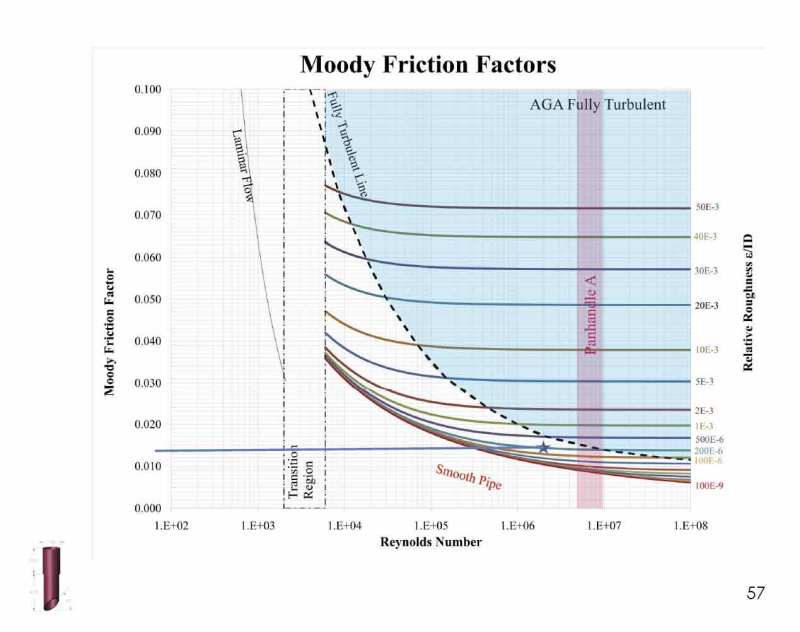rQb
Mechanical
- Jun 12, 2015
- 7
Hi,
Have located a metric version of the Weymouth formula in ASPE Data Book Volume 2 (screenshot attached).
I am a bit confused about the results I am getting however.
If I enter the following data:
D = 98.34mm
L = 300m
P1 = 70kPa
P2 = 50kPa
S = 0.6
I get 12067601.01 which the formula notes as being L^3/s.
Could it be right that I then need to apply 1/3 as power to get plain l/sec i.e. 12067601.01^(1/3)
If I do I get 229.37 which is 825m3/hr which in turn is 31956 MJ/Hr which sounds about right but don't have anything to check against.
Urgently need a metric Waymouth example with results to check against.
K


